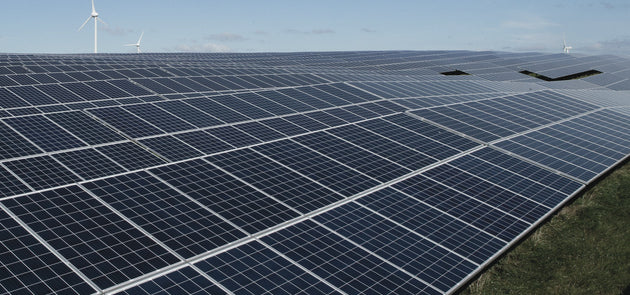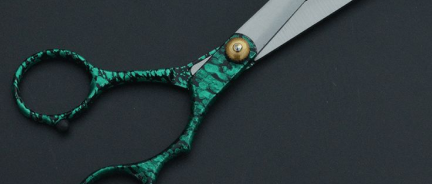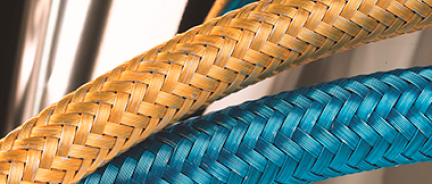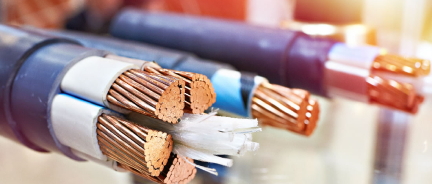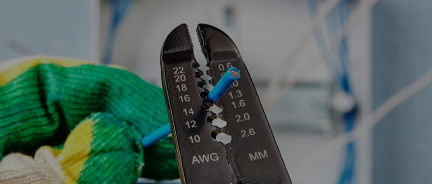Service Entrance Type SE Cable vs. Non-Metallic Sheathed NM-B Cable: Overlapping Applications
Service entrance cable and non-metallic sheathed NM-B cable are some of the most common types of building wire on the market. They are sometimes used interchangeably in branch circuits and feeders. Read this blog to find out the difference between the two.
Service Entrance Applications
The primary application of a service entrance cable is to carry the power from the utility service to the building above ground (under the ground, USE-2 is used for this purpose). NM-B is not used as a service entrance cable as the National Electric Code prohibits it.
The primary difference between the two is that service entrance SER and SEU cables are used in service entrance applications, and NM-B is not. NM cables are used for interior wiring in houses no higher than three stories. But the distinction is not that simple, as type SE cables are also allowed for other applications.
Type SE and NM-B Wire in Feeders and Branch Circuits
The confusion between the two stems from the fact that both service-entrance and NM-B cables can be applied in branch circuits and feeders. The National Electric Code allows using Type SE cables in branch circuits and feeders as long as the circuit's conductors are adequately insulated.
Type SE vs. NM-B: Price
For interior installations, type SE cables need to follow the same requirements as NM-B Cable, making them alike inside a house. In this regard, the choice between the two often boils down to the price. Aluminum SE cables are cheaper than NM-B Romex, while copper SE cables may even be more expensive.
Another thing to note is that NM-B Cables are only allowed for dry applications. If the application runs at least partly outdoors, NM-B is not allowed.
Should I Use type SE or NM-B Romex In A Feeder?
Type SE cables may be more versatile than NM-B when it comes to feeders. For one thing, SE is more variable in size. Therefore, it makes sense to use NM-B Romex for smaller feeders and SE cable for larger feeders. In circuits 40 amps and higher, use Type SE cables. In circuits lower than 40 amps, NM-B Romex is ok to use. Therefore, Type SE is standard for large feeders, and NM-B Romex is for small feeders (14 AWG to 10 AWG).
Notes On Operating Temperature Of Type SE and Nm-B Romex
Note that the operating temperature of NM-B Romex is just 60 C, regardless of the operating temperature of its insulation. The operating temperature of the Type SE service-entrance cables can be between 60 C and 75 C, depending on the current version of the code.
! Note that whether Type SE is allowed for a particular application may be permitted by the local electric code, so check it before deciding.




